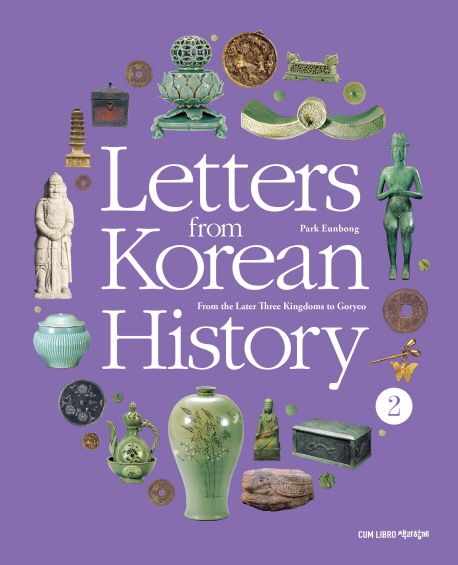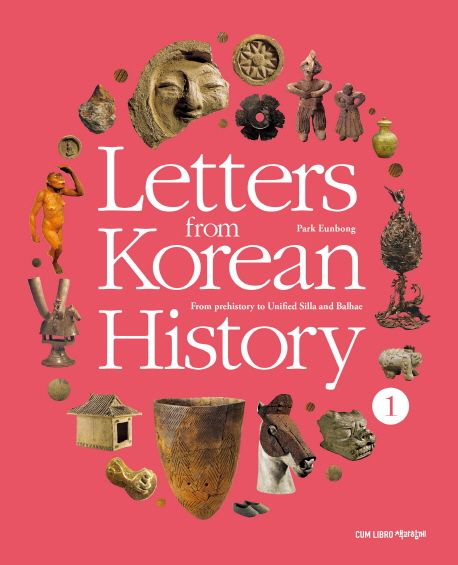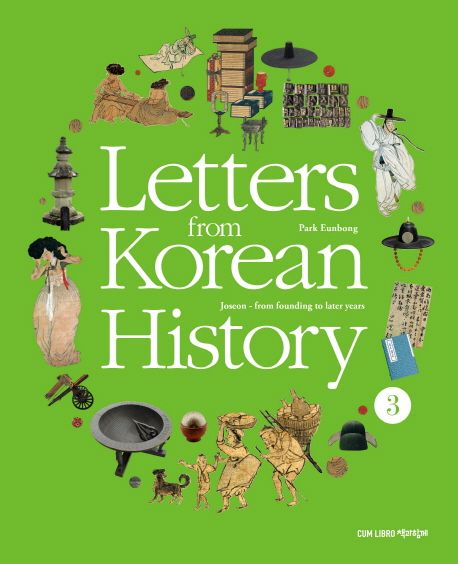Letters from Korean History 2 - From the Later Three Kingdoms to Goryeo
30,90 €*
-
Art.Nr./ISBN: 9791186293492
-
Verlag: Cum Libro
-
Seitenzahl: 228
-
Einband: Softcover
-
Jahr: 2016
-
Sprache: Korean
-
Medientyp: Book
Auf Lager. Versandfertig in 2-4 Werktagen
Produktinformationen "Letters from Korean History 2 - From the Later Three Kingdoms to Goryeo"
The English version of Letters from Korean History is published for young readers overseas who are curious about Korea and its people, and for young Korean readers keen to learn more about their own history while improving their language skills as global citizens. I hope that readers will not feel obliged to start at the beginning of Volume I and plow all the way through; rather, each letter contains a historical episode in its own right, and can be chosen and read according to the reader’s particular area of interest. The text is complemented by plenty of photos and illustrations, giving a more vivid sense of history - reading the captions that accompany these should enhance the sense of historical exploration. -Park Eunbong Progressing from the stones and bones of prehistory all the way to the turbulent twentieth century in the course of five volumes, Letters from Korean History can be browsed as a reference text or plowed through from beginning to end. As with most histories that cover such a long period, the density of information increases as the narrative approaches the present. The relatively recent Joseon period, for example, accounts for two of the five volumes (III and IV), rich as it is in events and meticulously recorded historical data. Letters from Korean History has been a great success in its native country among Korean readers. I hope that this translation will now be of help to ethnic Koreans overseas, others interested in Korea or history in general, Koreans looking to study history and English at the same time, and anybody else who believes that exploring the past is a good way to try and make sense of the confusing, flawed and wonderful present. -Ben Jackson
Contents Vol. 2
Faltering Silla and the Later Three Kingdoms
Jang Bogo, the Great Commander of Cheonghaejin
Wang Geon unifies the Later Three Kingdoms
Doseon and ‘pungsujiri’
Goryeo: land of ‘munbeol’ aristocrats
King Seongjong, Choe Seungno and Confucian politics
Thirty years of war with the Khitans
Yun Gwan and the Nine Fortresses of the North-East
Byeongnando: international port of ‘Korea’
Around Gaegyeong
Goryeo, land of Buddhism
Village guardian deities
How did the people of Goryeo live?
Was ‘goryeojang’ really a Goryeo custom?
The military takes over
Myocheong’s bid to relocate the capital
The struggle for a true meritocracy
Pyeongnyang, the ‘nobi’ who dreamt of freedom
Peasants and ‘cheonin’ take on the Mongols
Goryeo’s temporary capital
The ‘Tripitaka Koreana’ and inlaid celadon: embodiments of the spirit of Goryeo
Printing in the old days
‘Samguk sagi’ and ‘Samguk yusa’: two history books, two agendas
‘Dongmyeong Wang pyeon’ and ‘Jewang ungi’
King Gongmin’s reforms
‘Gwonmun sejok’ and ‘nongjang’: land grabbing at club-point
Cotton and gunpowder
‘Cheongsan byeolgok’ and the decline of Goryeo
ㆍ Index
ㆍ Image credits and sources
Korean Book Services
Prinzenweg 10
93047 Regensburg
Deutschland
Prinzenweg 10
93047 Regensburg
Deutschland
Anmelden










